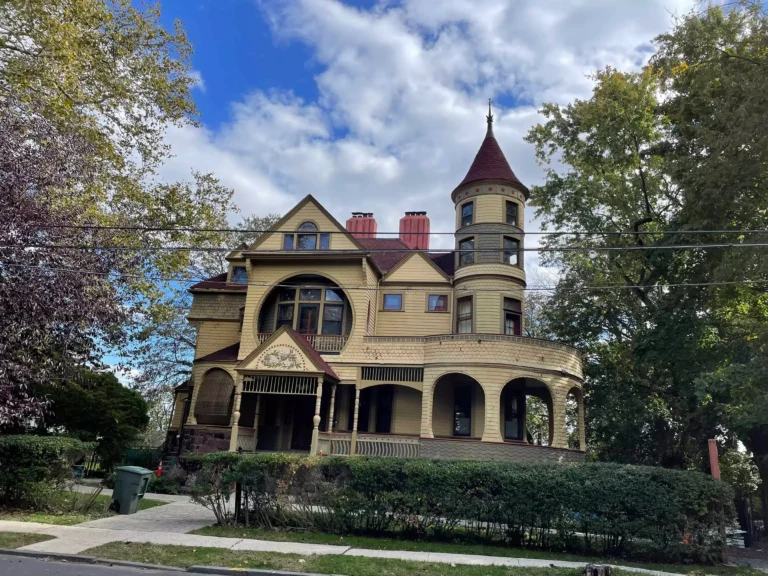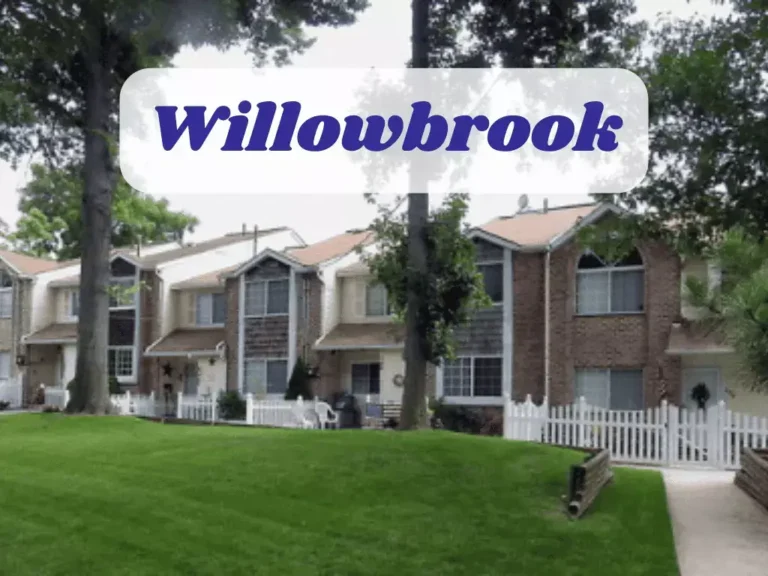Explore Livingston, Staten Island’s Historic Neighborhood
Livingston is a neighborhood on the North Shore of Staten Island. It is often considered part of West Brighton and is defined by Bement Avenue to the west, the Kill Van Kull shoreline to the north, Castleton Avenue to the south, and the Snug Harbor Cultural Center to the east.
This area is known for its historical significance, large pre-1900 homes, and tree-lined streets featuring mature oak and elm trees.
The neighborhood has a rich history that dates back to the 17th century and includes notable residents and landmarks, reflecting its longstanding role in Staten Island’s development.
Map of Livingston
Historical Significance of Livingston
Livingston has a notable history that dates back to the 17th century. One of the earliest European settlers in the area was Francis Lovelace, the second governor of the New York colony, who began farming there around 1668.
Originally called Elliotville, the neighborhood was named after Samuel Mackenzie Elliott, a prominent ophthalmologist who had acquired over 30 homes by 1840. The current name, Livingston, was adopted by officials of the Staten Island Railway, inspired by Anson Livingston, whose mansion was located near the present intersection of Richmond Terrace and Bard Avenue.
The area played a significant role in the Underground Railroad. Several homes, especially those along Davis and Pelton Avenues, served as hiding places for escaped slaves.
Architectural Charm
Livingston is known for its large, older homes, many built before 1900. These homes showcase a variety of styles, such as Victorian and Colonial Revival, which give the neighborhood a unique look.
The streets are lined with mature oak and elm trees, adding to the area’s charm and beauty. This setting not only enhances the visual appeal but also reflects the neighborhood’s long history.
The architecture in Livingston highlights its historical development, with many homes well-preserved and maintaining their original designs. This preservation adds to the character and appeal of the neighborhood.
Transportation and Accessibility
Livingston was once served by the North Shore Branch of the Staten Island Railway. Although passenger service stopped in 1953, the old railway tracks are still there, showing the area’s transportation history.
Today, several bus routes serve Livingston. The S40/S90 and S44/S94 buses connect Livingston to other parts of Staten Island, making it easier for residents to commute and travel around.
Livingston is close to major roads and public transportation options, which makes it convenient for residents and visitors to get to other parts of Staten Island and New York City.
Community and Lifestyle
Livingston offers a quiet, suburban lifestyle with a strong sense of community. The neighborhood has several local amenities, including parks and recreational areas. The nearby Snug Harbor Cultural Center and Botanical Garden provide a place for cultural activities and outdoor enjoyment.
Livingston is known for its local events and activities, which help create a close-knit community atmosphere. The area’s rich history and preserved architecture contribute to a unique living experience that blends historical charm with modern conveniences.
Community involvement is strong, with residents often participating in local events and activities. This engagement helps maintain the neighborhood’s welcoming and friendly environment.
Real Estate Market in Livingston
The real estate market in Livingston offers a variety of homes, many of which are older and showcase unique architectural styles. The area features large single-family homes, with styles ranging from Victorian to Colonial Revival, reflecting the neighborhood’s rich architectural heritage.
Home prices in Livingston vary widely, with listings showing a range of options. For example, properties can range from smaller homes priced around $300,000 to larger, more luxurious homes exceeding $1 million. This range makes Livingston an attractive option for a diverse group of buyers, from those seeking historic charm to those looking for more modern amenities.
Notable Landmarks and Residents
Livingston is home to several notable landmarks and has been the residence of various significant figures. One prominent landmark is the Snug Harbor Cultural Center and Botanical Garden, located on the eastern border of Livingston. This center is a hub for cultural activities and a major attraction in the area.
The neighborhood has also been home to a few historical figures, such as abolitionist Robert Gould Shaw. Shaw, along with other notable residents, played a significant role in the area’s history, especially during the 19th century. Additionally, the homes along Davis and Pelton Avenues, which were part of the Underground Railroad, add to Livingston’s historical importance.

Among the notable residences is the home of George William Curtis, a prominent writer, and editor in the 19th century. His Gothic Revival-style house, built in 1859 and located at 234 Bard Avenue, is a significant architectural landmark. The house is known for its distinctive design and historical significance, reflecting the neighborhood’s rich cultural heritage.
Another significant landmark is the Kreuzer-Pelton House, located at 1262 Richmond Terrace. Built in 1722, it is one of the oldest surviving structures on Staten Island. The house has been preserved as a museum and is listed on the National Register of Historic Places, showcasing the area’s colonial history and architectural evolution.
Livingston’s historical homes and connections to significant events and figures contribute to the neighborhood’s unique character and historical value, making it an interesting place for both residents and visitors.
Conclusion
Livingston, Staten Island, is a neighborhood full of history and charm. Its tree-lined streets and large, older homes give it a unique feel. The area has a rich past, going back to the 17th century, with important connections to the Underground Railroad.
The real estate market in Livingston offers various home styles and prices, making it appealing to many buyers. The neighborhood is easy to get around, with several bus routes and close access to major roads.
Notable landmarks like the Snug Harbor Cultural Center and historical residents such as Robert Gould Shaw highlight Livingston’s blend of history and modern living. This mix makes it a great place for both residents and visitors.







